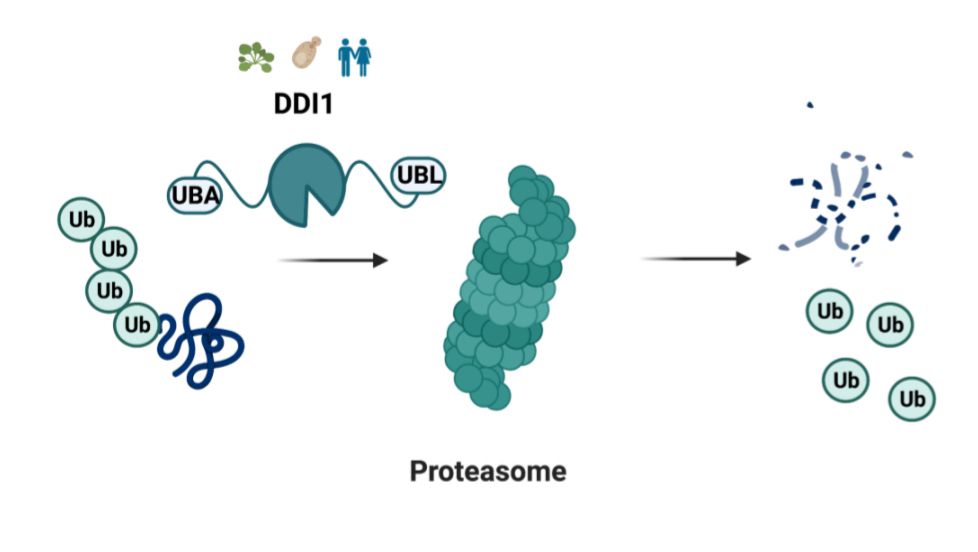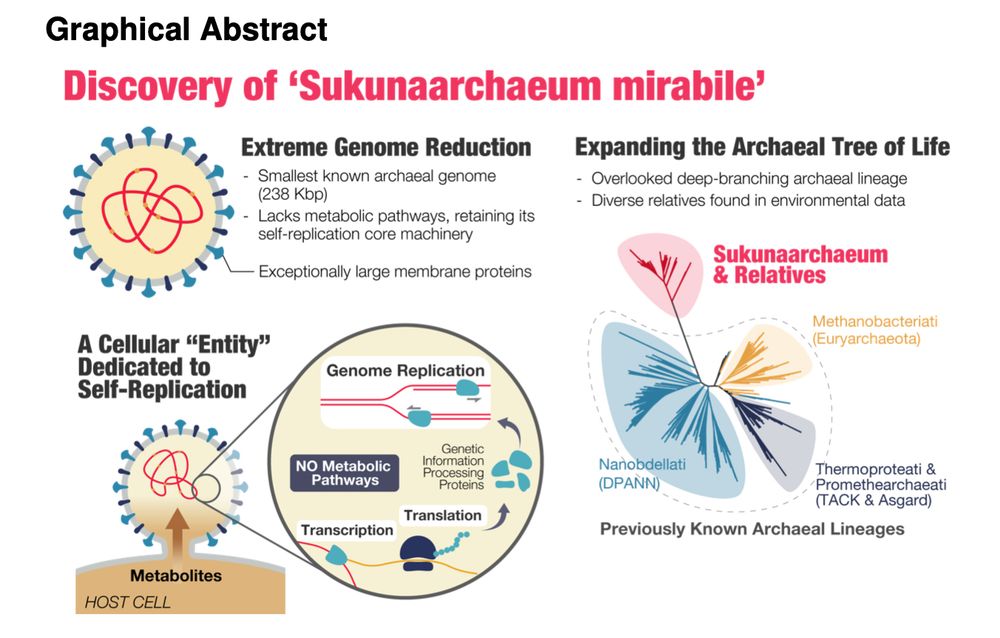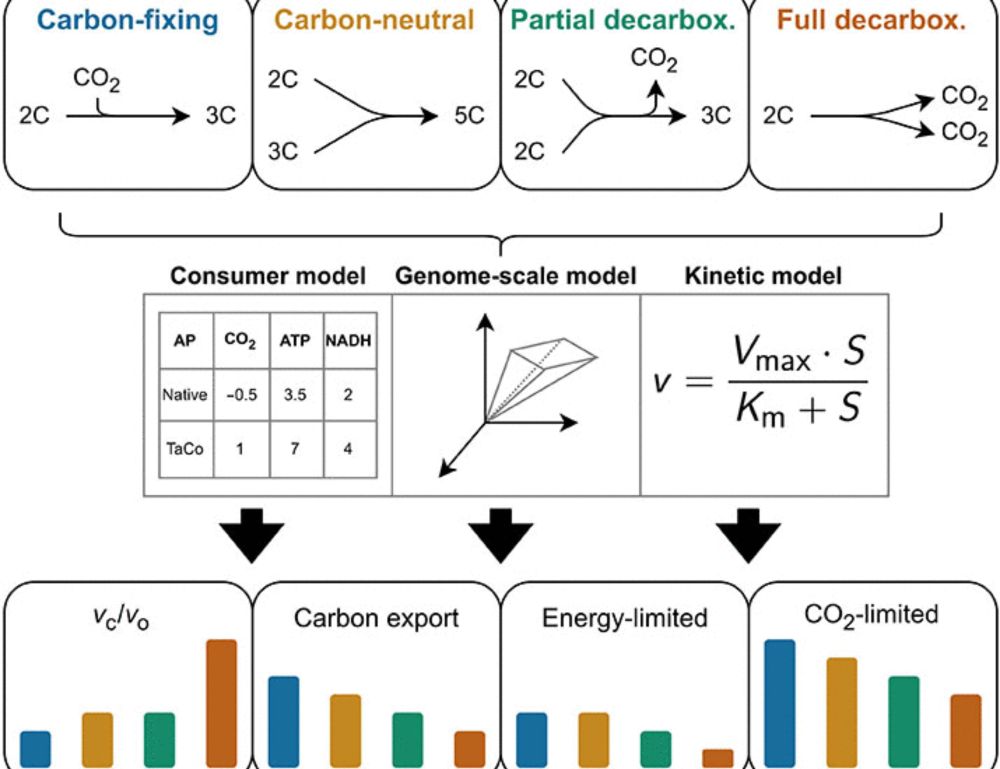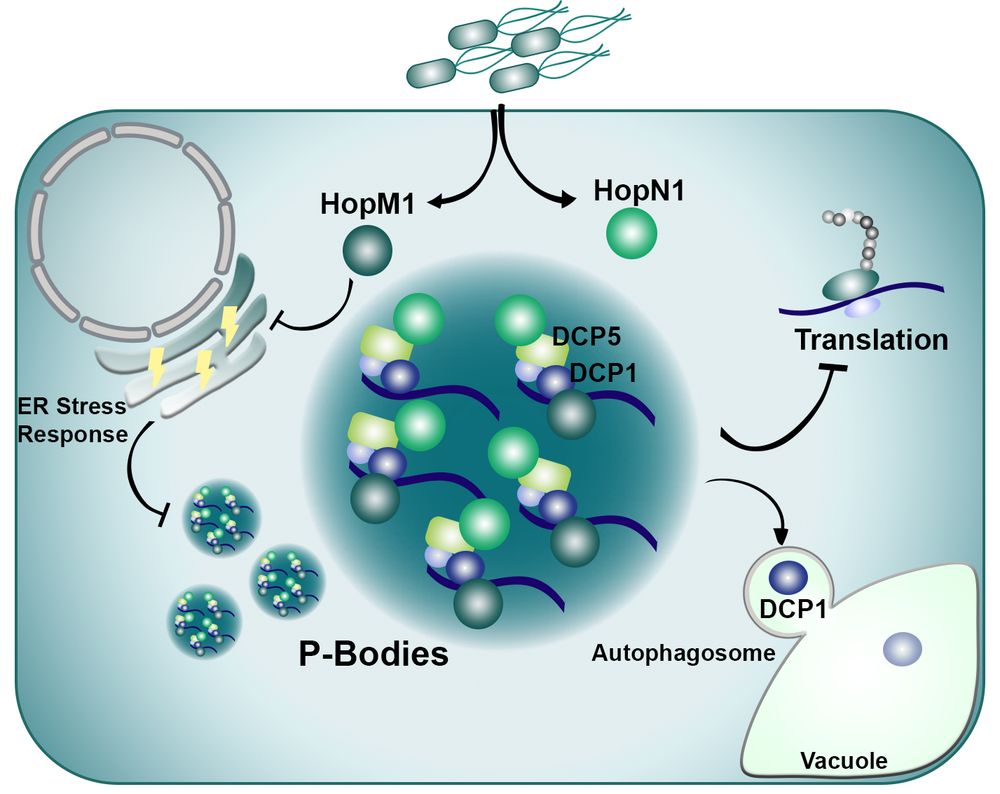We describe the tripartite interkingdom interaction between a yeast, the oomycete pathogen Albugo laibachii and a bacterium, mediated by a GH25 lysozyme 🦠
Thanks to everyone involved!
www.pnas.org/doi/10.1073/...

We describe the tripartite interkingdom interaction between a yeast, the oomycete pathogen Albugo laibachii and a bacterium, mediated by a GH25 lysozyme 🦠
Thanks to everyone involved!
www.pnas.org/doi/10.1073/...
By Franziska Fichtner
👇
📖 nph.onlinelibrary.wiley.com/doi/10.1111/...
#LatestIssue

By Franziska Fichtner
👇
📖 nph.onlinelibrary.wiley.com/doi/10.1111/...
#LatestIssue



“Trehalose 6-phosphate coordinates sugar status with hormone signalling and plant development” 🌿
Franziska also shared work that was just accepted at JXB, so watch this space!
#JXB75 #PlantScience 🧪

“Trehalose 6-phosphate coordinates sugar status with hormone signalling and plant development” 🌿
Franziska also shared work that was just accepted at JXB, so watch this space!
#JXB75 #PlantScience 🧪
Moritz Göbel (Heinrich Heine University Düsseldorf, Germany) presenting:
“Trehalose 6-phosphate regulates root growth by nutrient allocation towards sink tissues” 🌿
#JXB75 #PlantScience 🧪 @sebiology.bsky.social

Moritz Göbel (Heinrich Heine University Düsseldorf, Germany) presenting:
“Trehalose 6-phosphate regulates root growth by nutrient allocation towards sink tissues” 🌿
#JXB75 #PlantScience 🧪 @sebiology.bsky.social
Pseudomonas effector HopN1 interacts with ER tethering proteins (VAPs) via a FFAT motif. Furthermore, HopN1 interacts with a plant RHO-GTPase, mirroring YopT from the mammal pathogen Yersinia.
@igzleibniz.bsky.social #PlantScience
doi.org/10.1177/2515...

Pseudomonas effector HopN1 interacts with ER tethering proteins (VAPs) via a FFAT motif. Furthermore, HopN1 interacts with a plant RHO-GTPase, mirroring YopT from the mammal pathogen Yersinia.
@igzleibniz.bsky.social #PlantScience
doi.org/10.1177/2515...


www.biorxiv.org/content/10.1...
www.biorxiv.org/content/10.1...
www.biorxiv.org/content/10.1...
A cellular entity retaining only its replicative core: Hidden archaeal lineage with an ultra-reduced genome

www.biorxiv.org/content/10.1...
A cellular entity retaining only its replicative core: Hidden archaeal lineage with an ultra-reduced genome
Alternatives to photorespiration: A system-level analysis reveals mechanisms of enhanced plant productivity | Science Advances www.science.org/doi/10.1126/...

Alternatives to photorespiration: A system-level analysis reveals mechanisms of enhanced plant productivity | Science Advances www.science.org/doi/10.1126/...
www.nature.com/articles/s41...

www.nature.com/articles/s41...

From the Guardian.
www.theguardian.com/science/2025...

From the Guardian.
www.theguardian.com/science/2025...
www.biorxiv.org/content/10.1...
🧵 (1/14)

www.biorxiv.org/content/10.1...
🧵 (1/14)
www.biorxiv.org/content/10.1...

www.biorxiv.org/content/10.1...
👇
🌱🌾Technical Advances Drive the Molecular Understanding of Effectors from Wheat and Barley Powdery Mildew Fungi doi.org/10.1094/MPMI...
@izzysaurlab.bsky.social

👇
🌱🌾Technical Advances Drive the Molecular Understanding of Effectors from Wheat and Barley Powdery Mildew Fungi doi.org/10.1094/MPMI...
@izzysaurlab.bsky.social

www.scientificamerican.com/article/the-...
"politics made distrust for scientists the collateral damage of the half-century-long attack on regulation."

www.scientificamerican.com/article/the-...
"politics made distrust for scientists the collateral damage of the half-century-long attack on regulation."

